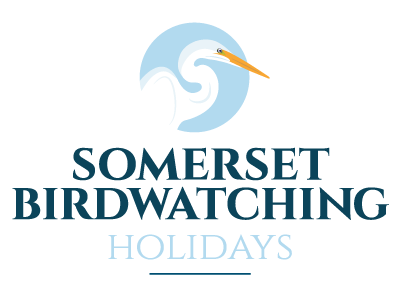Jack Snipe
Tempting though it is to stay in bed on a damp, dark Saturday morning, when the alarm went off at 7.30 I was happy to get up, dressed and ready. Most Saturday mornings during the year Graeme and I go birding – and, although it is always easier to get up early in spring and summer, winter has its wonders too.
As we usually do when we have a couple of hours to spare, we headed down to the Brue Estuary, where three rivers – the Brue, Parrett and Huntspill – meet. This has become our second local patch: a welcome contrast to the reedbeds inland, with more opportunities to surprise.
As I always do, I spent a couple of hours here on New Year’s Day, totting up a very respectable 55 species before family duties called me home. Visits since then had brought the year’s total well over 60. And there have been some good birds: a winter plumage spotted redshank amongst its commoner cousins on January 1st, followed by a new bird for the patch in the form of a dozen pintails out on the River Parrett, together with the usual avocet flock. Best of all, a merlin, this tiny falcon racing low over the tideline in search of skylarks or meadow pipits – and there are plenty of those!
There have also been a few surprises: a couple of stonechats are spending the winter here, while last week we saw both red-breasted merganser and goosander (both splendid males!) on the Huntspill River. A kingfisher was a bonus, but hardly unexpected, as they are often here.
Today, we tramped over the marsh at the mouth of the Brue – wellies compulsory – and flushed at least a hundred snipe, together with two smaller jack snipe. One of Britain’s hardest birds to see, this is one of the benefits of a local patch, as you get to know where such elusive species might be found.
The Brue, Parrett and Huntspill Rivers are all on the itinerary for Somerset Birdwatching Holidays at any time of the year.
